In an op-ed in the Star-Phoenix, Ian Innes, retired campus architect for the University of Saskatchewan, criticizes columnist Gerry Klein for hoping that the university might encourage the collegiate gothic style in its College Quarter/Clarion Project. Says Innes:
Collegiate gothic, for all purposes, is “dead architecture.” It has served its purpose to establish the initial campus buildings at a time when buildings were “simple” and impressing the public was paramount. Those built today should impress and serve their occupants.
Senior administrators have forced collegiate-gothic in recent new structures to pacify an unenlightened general public, which is not the way this campus should evolve.
Every sentence in this mini-diatribe is erroneous.
First, collegiate gothic is not dead, but alive and well. Princeton University, Washington University at St. Louis, and Yale University, among others both here and abroad, have recently completed or commissioned buildings in the collegiate gothic style. Why? Because incoming students like it, and donors are more inspired to pay for it–and for good reason. The style continues to be an emblem for university education, and it is beautiful.
Second, buildings were not “simple” in the early 20th century when the university’s campus was born. In fact, the early 20th century witnessed the high water mark of architectural production in the new world. The buildings produced then were much more complex than the “machines for learning” embraced by the profession in later decades as they wove new strands into the historical cultural tapestry of the university and of society at large. The modernist ideology which took over wiped away all the richness, the complexity, and the history, and replaced it with a simplistic potage of industrial iconography and solipsistic free expression.
Third, buildings are not only for the occupants. Life in a community means each of us has a responsibility to others. The clothes I wear are not just supposed to impress me, but more importantly to fulfill certain societal obligations. When I attend a formal event I am expected to wear a suit and tie. To refuse to do so is to be discourteous and anti-social. Likewise, a building must be dressed appropriately according to its role in the city. Adorned properly, the building will impress and serve the occupants as well. There’s no reason to suggest the interests of the occupants and of the public at large are at odds.
Lastly, the general public is far from unenlightened in asking for collegiate gothic campus buildings. It’s hard to believe Innes thought this insulting comment might help his case in a general circulation newspaper. Nevertheless, the public, in continuing to press for tradition, shows that it has not lost its head to a narrow architectural ideology, but rather has kept its common sense.
Take a gander at the University of Saskatchewan archives. It had an exemplary start back in 1910 when Prime Minister Wilfrid Laurier laid the cornerstone of the College Building. The master planis positively inspired. Wrote architect David Brown:
The building is the first one, and for many years will occupy the place of honor, and even in later years, when the principal buildings have been built, its position is such that it deserves thorough study to develop the architectural possibilities.
Perhaps Innes might take another look at the university’s patrimony. There are more lessons there to be learned than he would have us believe.
Tags: Gothic
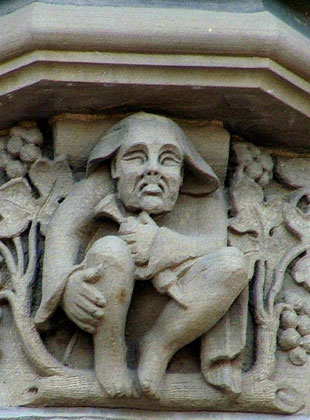

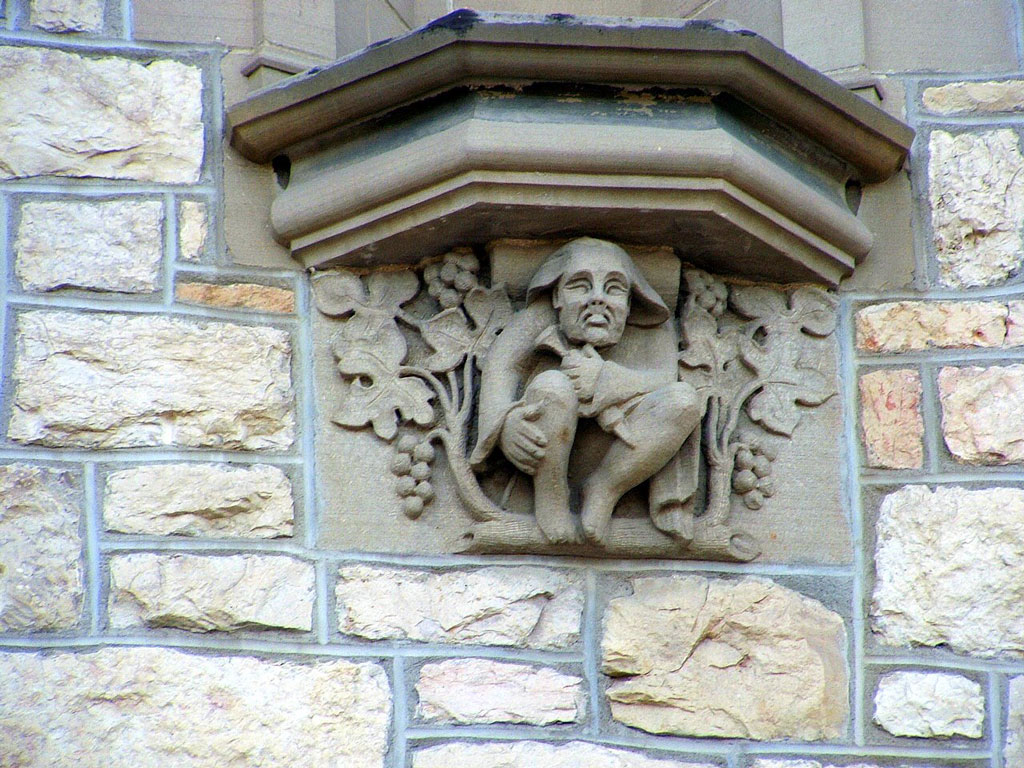
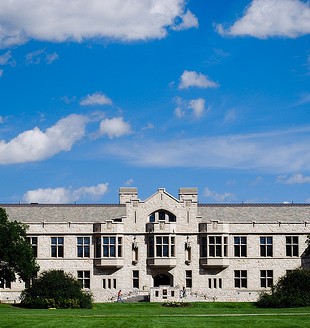
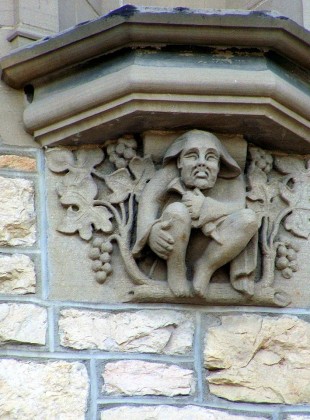
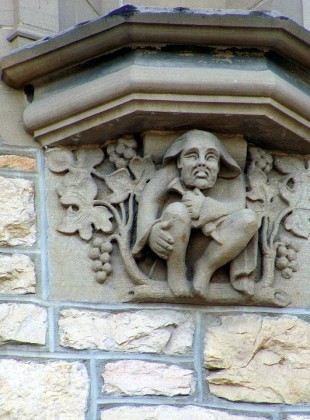
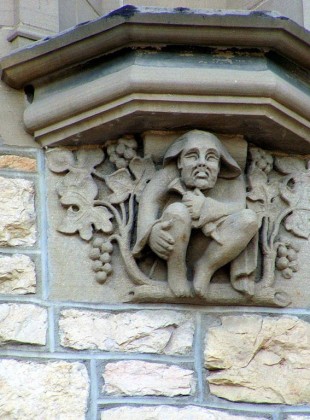
Duke just did the Goodson ChapelI pass college Gothic.Oglethorpe University and Columbia Theological Seminary twice each week. I enjoy them every time. Oglethorpe has a Gothic/Tudor baseball stadium smack on Peachtree.